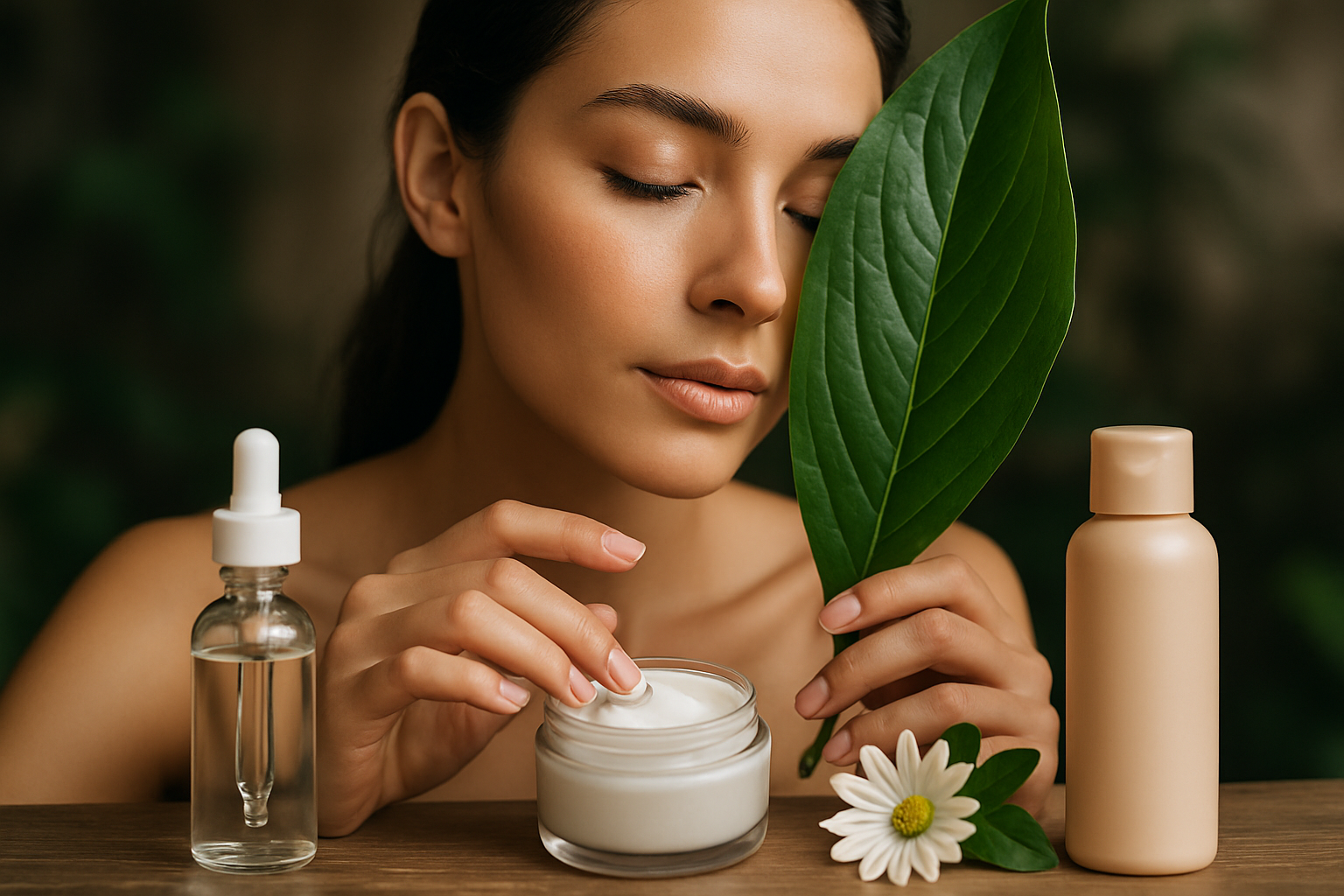Rediscovering Skin Health Through Ancient Grains
In the ever-evolving world of beauty and skincare, a surprising trend is emerging from the depths of agricultural history. Ancient grains, once prized for their nutritional value in diets across civilizations, are now making a remarkable comeback in the realm of skincare. This unexpected fusion of ancient wisdom and modern beauty science is revolutionizing how we approach skin health. From quinoa to amaranth, these forgotten superfoods are proving to be powerhouses of skin-nourishing compounds, offering a natural and sustainable alternative to synthetic ingredients. As consumers increasingly seek clean, plant-based solutions for their skincare routines, ancient grains are positioned to become the next big thing in beauty, promising to deliver both efficacy and a connection to our ancestral roots.

Nutritional Powerhouses for Skin Health
Ancient grains are not just beneficial when consumed; their topical application can yield remarkable results for skin health. These grains are rich in antioxidants, vitamins, and minerals that can help combat free radical damage, promote collagen production, and improve skin elasticity. For instance, quinoa contains lysine, an essential amino acid that aids in the production of collagen and elastin, crucial for maintaining skin’s youthful appearance. Amaranth, another ancient grain, is packed with squalene, a compound known for its moisturizing and anti-aging properties. The high protein content in these grains also helps strengthen the skin barrier, protecting against environmental stressors and reducing moisture loss.
Formulation Challenges and Innovations
Incorporating ancient grains into skincare formulations presents unique challenges that have spurred innovation in the beauty industry. The coarse nature of whole grains necessitates careful processing to extract beneficial components without compromising their efficacy. Cosmetic chemists have developed advanced techniques to create fine powders, oils, and extracts from these grains, ensuring they can be seamlessly integrated into various skincare products. Some brands have pioneered the use of fermentation processes to enhance the bioavailability of nutrients in ancient grains, making them more easily absorbed by the skin. These innovations not only overcome formulation hurdles but also unlock new potential for these age-old ingredients.
Market Impact and Consumer Reception
The introduction of ancient grain-based skincare products has been met with enthusiasm from consumers seeking natural, effective alternatives to conventional beauty products. Market research indicates a growing demand for skincare formulations featuring ingredients like quinoa, amaranth, and teff. This trend aligns with the broader clean beauty movement, appealing to consumers who prioritize transparency, sustainability, and plant-based ingredients. Beauty brands ranging from niche indie companies to global conglomerates are capitalizing on this trend, launching product lines that prominently feature ancient grains. The versatility of these ingredients allows for their incorporation into a wide range of products, from cleansers and moisturizers to serums and masks, catering to diverse skincare needs and preferences.
Scientific Validation and Future Prospects
While the use of ancient grains in skincare is rooted in traditional wisdom, modern scientific research is beginning to validate their benefits for skin health. Studies have shown that certain compounds found in ancient grains, such as polyphenols and flavonoids, possess potent antioxidant and anti-inflammatory properties when applied topically. Researchers are also investigating the potential of ancient grain extracts in addressing specific skin concerns, such as hyperpigmentation and acne. As more scientific evidence emerges, it is likely that we will see an expansion in the use of ancient grains across various skincare applications. The future may hold exciting developments, such as personalized skincare formulations that leverage the unique nutritional profiles of different ancient grains to address individual skin needs.
Sustainability and Ethical Considerations
The adoption of ancient grains in skincare extends beyond personal beauty benefits, touching on important issues of sustainability and ethical sourcing. Many ancient grains are naturally drought-resistant and require fewer resources to cultivate compared to modern crop varieties. This makes them an attractive option for brands looking to reduce their environmental footprint. Furthermore, the cultivation of ancient grains often supports small-scale farmers and indigenous communities, providing economic opportunities and preserving traditional agricultural practices. As consumers become increasingly conscious of the broader impact of their purchasing decisions, the story behind ancient grain skincare products resonates strongly, adding an additional layer of appeal to these innovative formulations.





